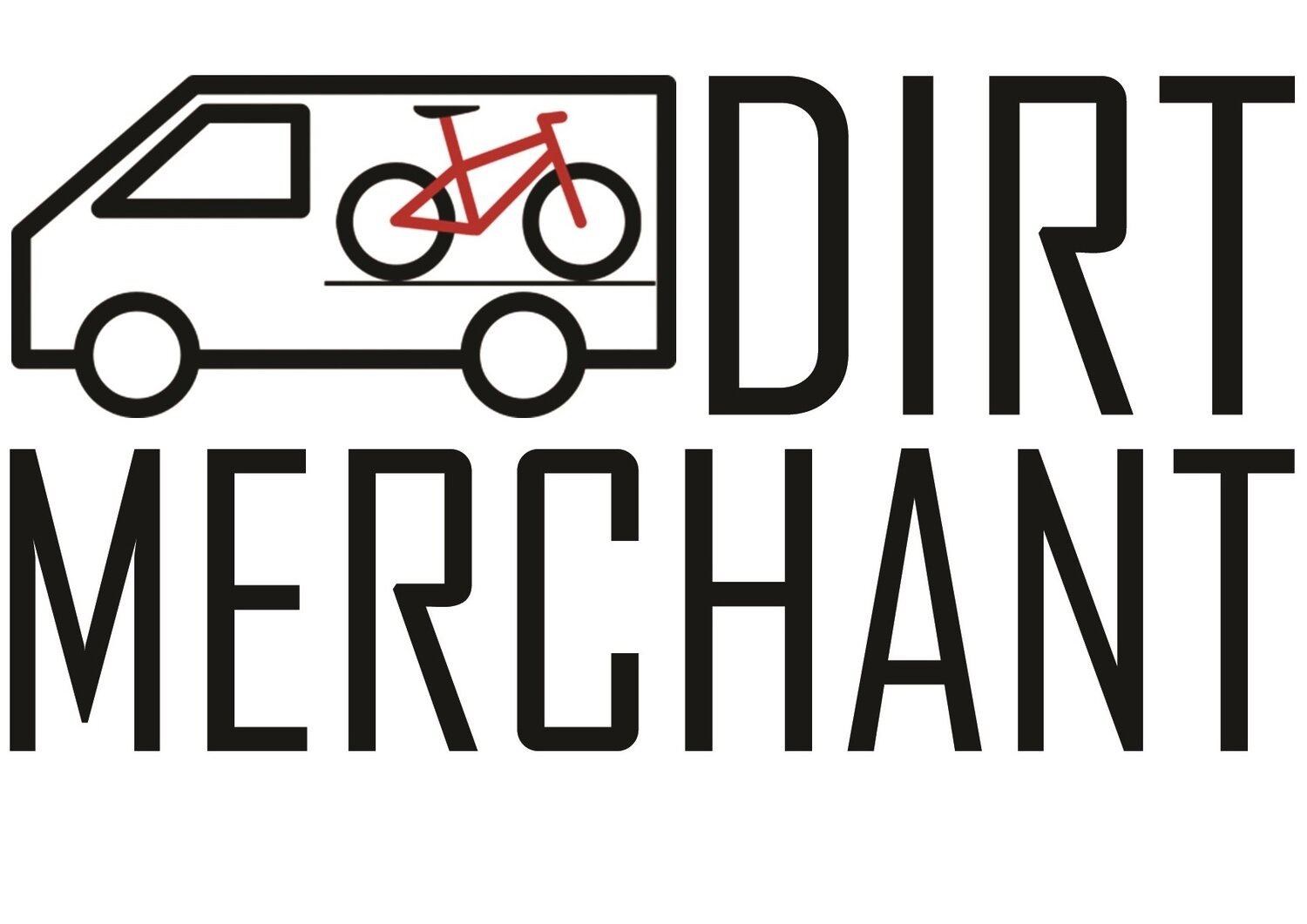In many ways, riding this bike was my main event for today's bike demo event. In terms of specs, it is almost a direct match to the Turner Burner (140mm rear travel) bikes in my demo fleet. Also, with the number of Specialized dealers in the Seattle area, the is going to be the bike most commonly compared to the Turner Burner.
As this is what I see as the main competition to my demo bikes, I'm sure you won't be surprised to hear that I really didn't like the Stumpjumper Evo at all, but hear me out. These are the specifics on what I didn't like about this bike. Also, when reading my comments on climbing, keep in mind that I rode this bike after my legs were warmed up, but still fresh.
Climbing - 1 stars
I can really say why, but climbing on this bike felt super sluggish like it had a loaded diaper. Other bikes with similar rear suspension designs (Transition Patrol, Rocky Mountain Altitude) felt so much better climbing that I have to attribute the Specialized's poor climbing performance to something other than suspension design. Shock selection/tuning, frame geometry, bottom bracket height may all play a part. For 2014, I do know they repurposed a 29er front triangle for their 27.5" wheel bike. I am not sure if this is why this bike still does not feel good.
Descending - 1 stars
As dull as the Specialized felt climbing, it was the complete opposite when descending and not in a good way. I never got comfortable on this bike and was generally unsure of how it would react in different situations.
Cornering - 1 stars
Although the Specialized felt nervous going downhill, it also felt big going around corners. I thought this might be due to its 800mm wide handlebars, but other bikes that I rode later in the day had similarly wide bars and still felt agile in their handling. Handling was not at all intuitive and required a lot of focus to make sure the bike went in the desired and intended direction.
Summary: What was real odd to me about the Stumpjumper Evo was that this bike had conflicting ride and handling characteristics that were completely wrong for each aspect of its performance. I was fighting this bike for the entire 20 minutes that I rode it.
Rating Guide
5 stars - Absolutely outstanding
4 stars
3 stars - Solid performance, meets expectations
2 stars
1 star - Misses expectations by a wide margin

































